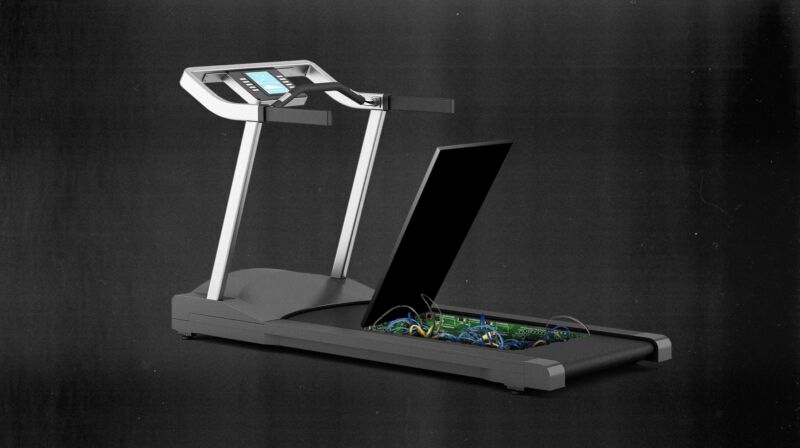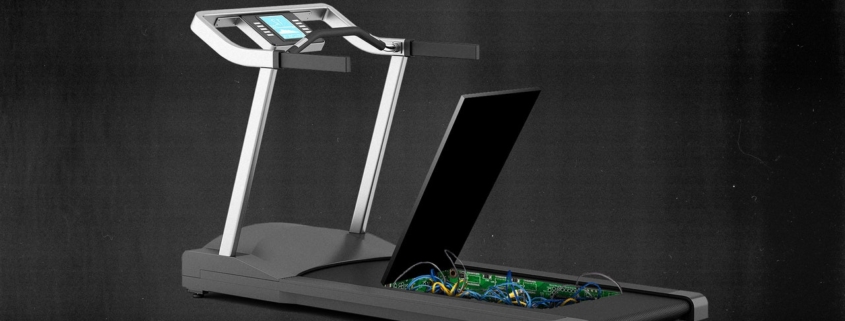Locked out of “God mode,” runners are hacking their treadmills

Sam Whitney | Getty Images
JD Howard just wanted to watch cloud security tutorials. Howard, a construction industry worker on sabbatical, spent $4,000 on a NordicTrack X32i treadmill, lured in by its 32-inch HD screen and the opportunity to exercise body and mind. His plan was to spend his time away from work exercising while watching technical videos from learning platforms such as Pluralsight and Udemy. But his treadmill had other ideas.
Despite having a huge display strapped to it, NordicTrack’s hardware pushes people to subscribe to exercise software operated by iFit, its parent company, and doesn’t let you watch videos from other apps or external sources. iFit’s content includes exercise classes and running routes, which automatically change the incline of the treadmill depending on the terrain on the screen. But Howard, and many other NordicTrack owners, weren’t drawn to the hardware by iFit’s videos. They were drawn in by how easy the fitness machines were to hack.

To get into his X32i, all Howard needed to do was tap the touchscreen 10 times, wait seven seconds, then tap 10 more times. Doing so unlocked the machine—letting Howard into the underlying Android operating system. This privilege mode, a sort of God mode, gave Howard complete control over the treadmill: he could sideload apps and, using a built-in browser, access anything and everything online. “It wasn’t complicated,” Howard says. After accessing privilege mode he installed a third-party browser that allowed him to save passwords and fire up his beloved cloud security videos.
While NordicTrack doesn’t advertise privilege mode as a customer feature, its existence isn’t exactly a secret. Multiple unofficial guides tell people how to get into their machines, and even iFit’s support pages explain how to access it. The whole reason Howard bought the X32i, he says, was because he could access God mode. But the good times didn’t last long.
Since October, NordicTrack has been automatically updating all of its…





